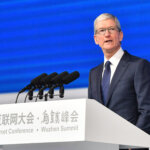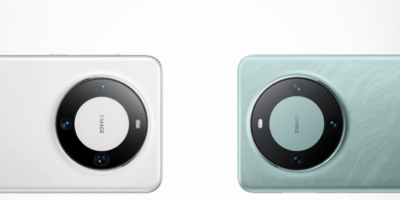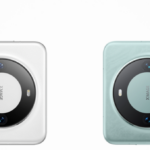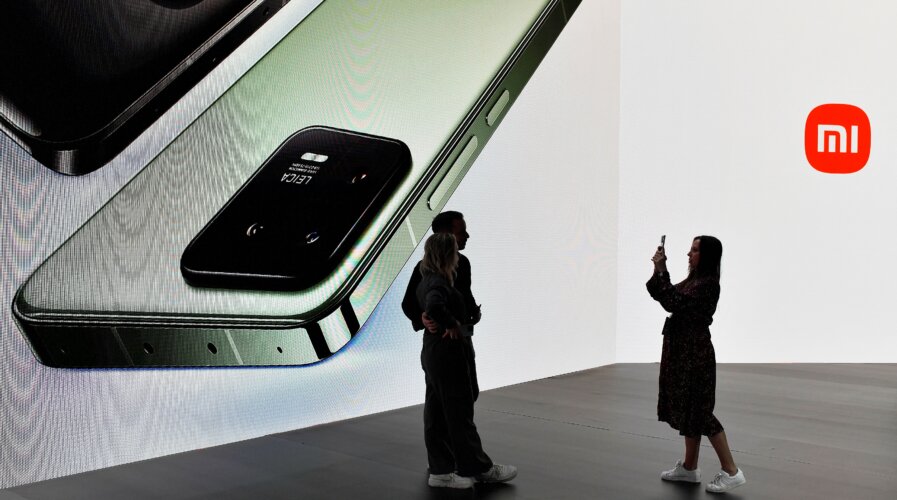
Xiaomi’s flagship new phone topped one million sales in less than two weeks. What’s happening in China? (Photo by Pau BARRENA / AFP)
Xiaomi is heating the smartphone race in China. Here’s why
- Xiaomi is warming up the tepid smartphone market in China, following sales of its flagship phone topping one million in less than two weeks.
- The competition in China’s smartphone market has intensified following the debut of Huawei’s Mate 60 and the release of Apple’s iPhone 15.
- Xiaomi is the first smartphone on the market to use Qualcomm’s new Snapdragon 8 Gen 3 chipset.
The smartphone market in China, the world’s largest, has been experiencing an extended period of decline. The industry, struggling alongside a sputtering economy, has seen shipments shrinking every quarter since the start of 2022, with even local brands like Huawei, Xiaomi, Honor, Oppo, and others recording severe drops in sales. But now, numbers from the recently concluded third quarter suggest that the smartphone market in China may be nearing a bottoming-out phase.
As IDC’s analyst Guo Tianxiang wrote recently, “The market could bounce back in the fourth quarter when Apple and its rivals typically release their latest devices.” His sentiment seems to be correct, as the smartphone market in China has been showing signs of a revival on the back of brisk demand for Huawei Technologies’ new 5G smartphone and Apple’s recently launched iPhone 15 series.
Significant growth in smartphone sales
A “significant” 15%year-on-year (YoY) growth in smartphone sales was achieved during the “golden week” holiday, from September 29 to October 6, celebrating China’s National Day, according to a research note last month by TF International Securities analyst Kuo Ming-chi. “The slump in the Chinese smartphone market will be over soon, with expectations of renewed growth,” Kuo wrote.
Echoing Tianxiang, Kuo indicated that handset shipments in the country, the world’s biggest smartphone market, will see growth resume in the fourth quarter of this year. For context, in the first six weeks of the Mate 60 Pro release, Huawei sold 1.6 million units, according to Counterpoint Research. Meanwhile, Honor, a brand that was also once prominent in the market, has regained the top position in the recent third quarter, securing an 18.3% market share, according to Counterpoint.

Source: Counterpoint Market Pulse Service
Honor also achieved a 3% YoY sales growth, and its ascent is attributed to the successful launches of the Honor 90 and Honor X50 models. Additionally, Honor’s foldable models, particularly the Honor Magic V2, have performed exceptionally well, ranking first among all foldable models in Q3 2023 in China.
In short, China’s smartphone market dynamics are evolving, and Q3 reports alone were enough to offer intriguing revelations.
However, the race to dominate in terms of shipped units is getting more fierce in Mainland China. This week, the founder and CEO of Xiaomi, Lei Jun, posted on Weibo that the Chinese smartphone giant has sold more than one million units of its latest Xiaomi 14 in less than two weeks.
With back-to-back news of local Chinese smartphones setting new records, it could only mean one thing: the competition is intensifying in the domestic market, and recent Apple and Huawei releases were not isolated incidents. “It is true that [Xiaomi 14 sales] have surpassed 1 million units, but the shortage in stock remains severe,” Lei posted on Weibo on Tuesday, responding to another user’s question.
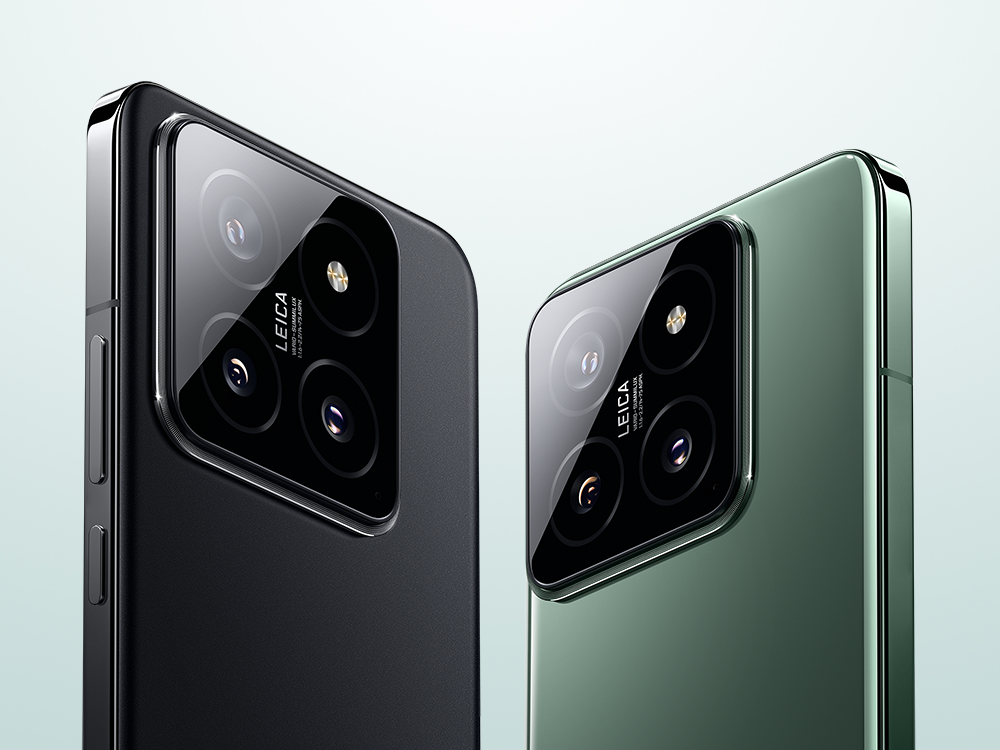
Xiaomi 14 implements the world’s first Snapdragon® 8 Gen 3 Mobile Platform to provide superior performance and higher power efficiency with the most advanced processing technology. Source: Xiaomi
The Xiaomi 14, Xiaomi’s latest flagship smartphone, was introduced in China on October 26, following Huawei’s resurgence with its Mate 60 series in late August and the launch of the iPhone 15 in September. The latest handset from Xiaomi represents a departure from the brand’s previous focus on budget-friendly handsets, which have seen it appeal across China. Notably, it is the first smartphone powered by Qualcomm’s new Snapdragon 8 Gen 3 chipset and features Xiaomi’s new Android-based operating system, HyperOS.
An impending “structural change”?
Although the iPhone 15 was launched on the usual month Apple would annually float its new models, this year’s sales have been different for the US tech giant in China. Kuo wrote on his X account that “the iPhone shipment decline in China is higher than expected.” Alongside Oppo and Vivo in China, Apple also experienced double-digit decreases in sales, based on Counterpoint’s data.
Considering that, Kuo believes China’s smartphone market will face “a structural change” with Huawei’s return and declining iPhone demand, which he believes will continue into 2024.
He based his prediction on Apple’s forecast of its 4Q23 revenue, which is anticipated to be similar to 4Q22, “suggesting that Apple’s 4Q23 momentum is weaker than expected, primarily due to a decline in iPhone demand in the Chinese market,” Kuo added.
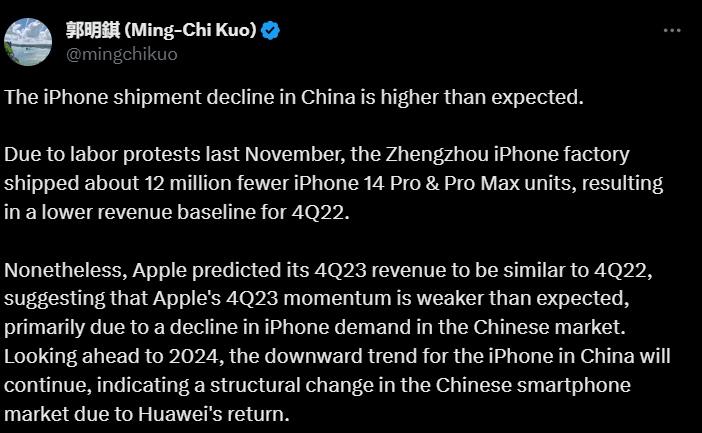
TF International Securities analyst Kuo Ming-chi on X.
READ MORE
- Safer Automation: How Sophic and Firmus Succeeded in Malaysia with MDEC’s Support
- Privilege granted, not gained: Intelligent authorization for enhanced infrastructure productivity
- Low-Code produces the Proof-of-Possibilities
- New Wearables Enable Staff to Work Faster and Safer
- Experts weigh in on Oracle’s departure from adland


